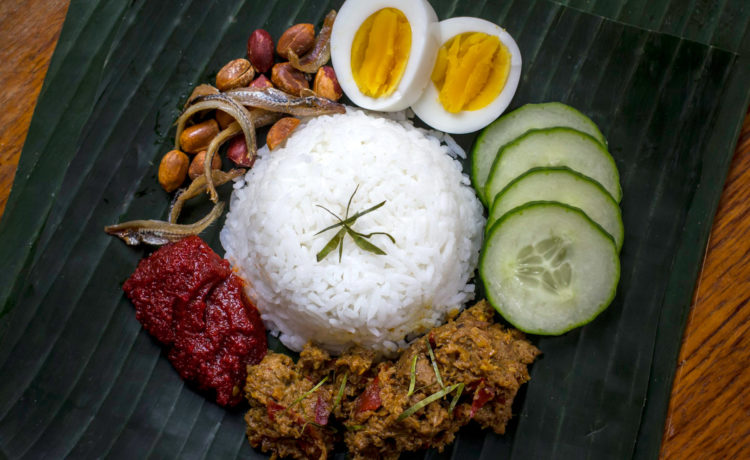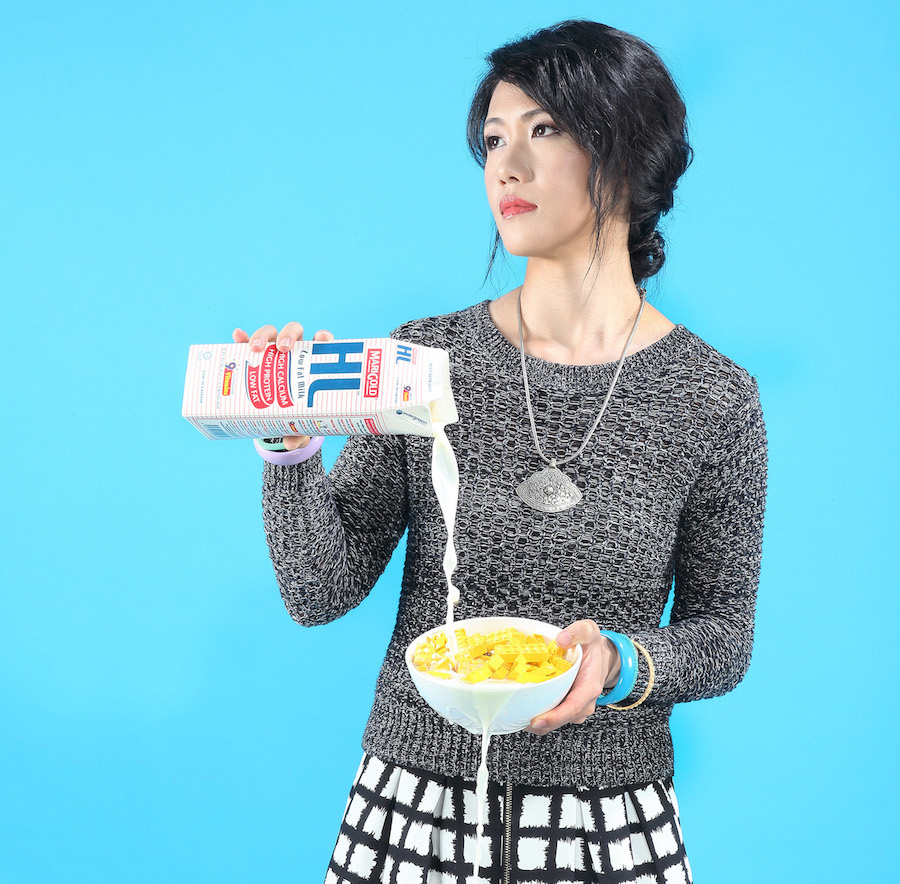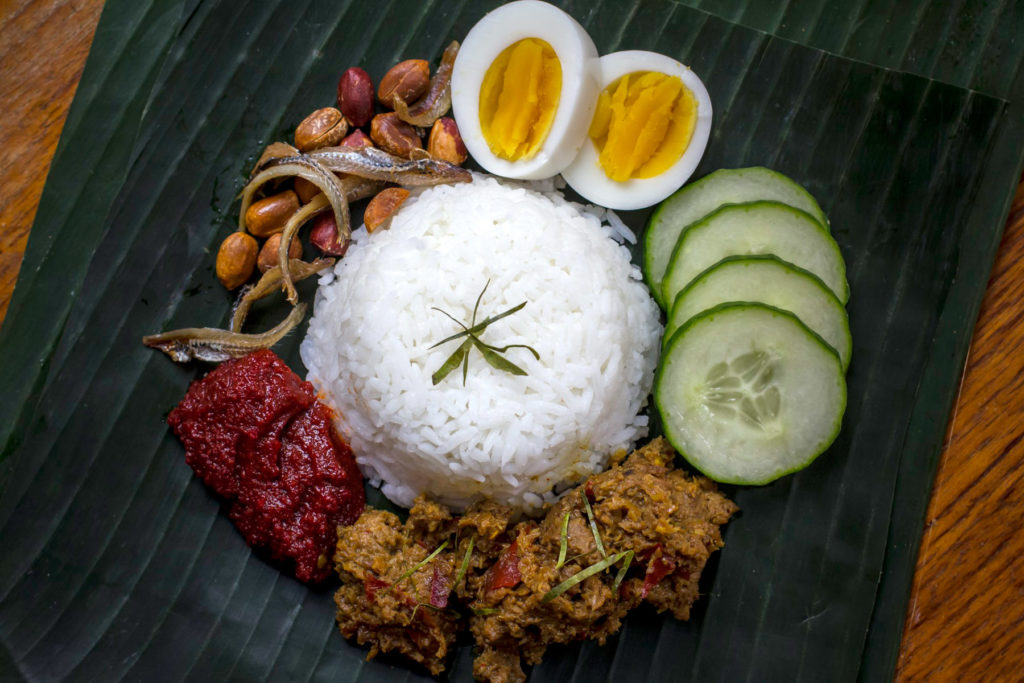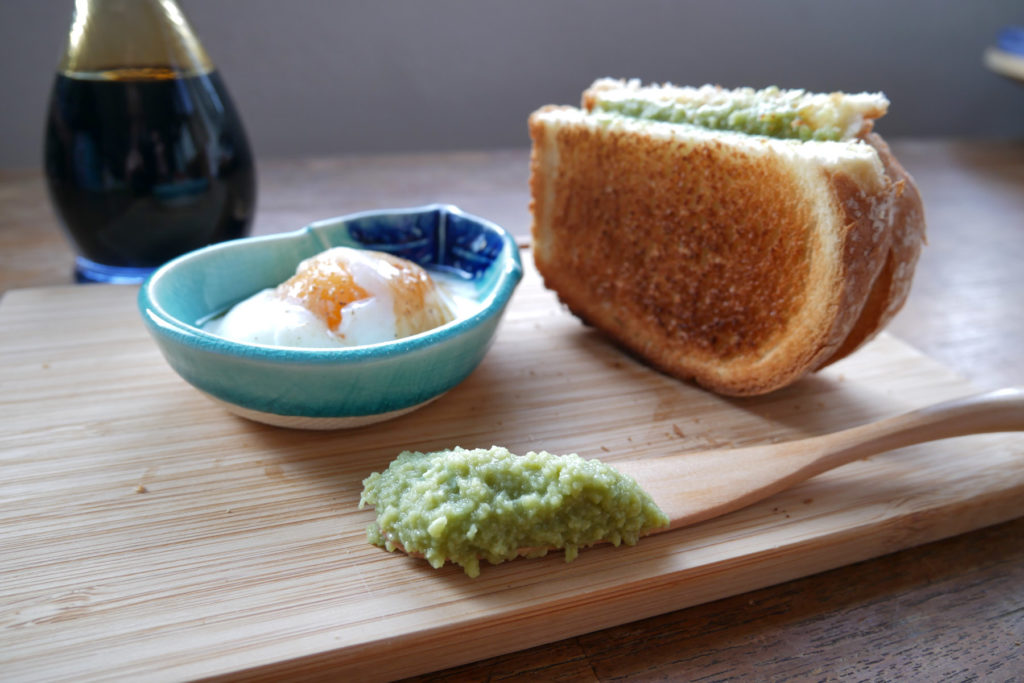

Tracy Goh discovered her passion for cooking while attending graduate school in Australia. After moving to San Francisco in 2012, she decided to give the culinary profession a go and has since built a formidable following for her pop-up dinners featuring Malaysian classics like Laksa and Chili Crab. She currently cooks for private and corporate clients while working on opening her first Malaysian restaurant in San Francisco.
We’re excited to have Tracy cook Nasi Lemak, Malaysia’s national dish and introduce the transcendent delights of Kaya to Tapestry Suppers. Learn more about her story below then join us on May 19 by getting a ticket on Eventbrite!

Tell us about the menu you created for this event.
The menu highlights classic Malaysian breakfast and lunch items. Nasi Lemak is Malaysia’s national meal that’s commonly eaten during the day. The breakfast version of Nasi Lemak is meatless and a smaller portion, with only fragrant coconut rice, a slice of boiled egg, a few fried peanuts, anchovies and sambal, sold in pyramid shaped parcels of banana leaf and waxed paper. More robust versions of Nasi Lemak are eaten later in the day with additions such as curries, pickles, fritters and meats.
The other sweet small bites (kuih) on the menu are tea time favorites, which are often enjoyed with hot beverages between 10am and 11.30am. Like many British Commonwealth nations, Malaysians enjoy milk tea or “teh“, also partly due to the influence of a prominent Indian-Malaysian population since the early 19th-century.
What is Kueh?
“Kuih” in Malaysia is derived from the Chinese loan word, 粿. It’s a blanket term to describe bite-sized snacks, both savory and sweet.
What is Kaya?
It’s a type of dairy-free custard made with coconut cream, eggs, sugar and pandan usually spread on toast and eaten for breakfast (alongside a poached egg) or as a snack.

Where did you grow up? Please describe what your hometown was like.
I grew up in Damansara Utama, west of Kuala Lumpur, Malaysia’s capital city. My neighborhood was a rapidly growing commerce hub in the ’80s, with a population of mostly lower-middle and working class families of different ethnicities. My family lived in a terraced house with shared walls between immediate neighbors. Every day at meal time, the smells of different dishes being cooked in our kitchen and our neighbors’ would mingle with the rhythms of pounding mortar and pestles in the background.
What brought you to the US/ the Bay Area?
I moved to San Francisco just before I turned 30 in 2012, after living in Australia for five years. I came on a work visa sponsored by a tech company.
Coming from Melbourne, Australia, there were some adjustments to life here but I was mostly excited about how much more San Francisco resonated with my personality. I was very fortunate to meet new friends and connect with food enthusiasts within the first year.
Is there anything that you miss from your home country?
I miss my family, and the food of course.
